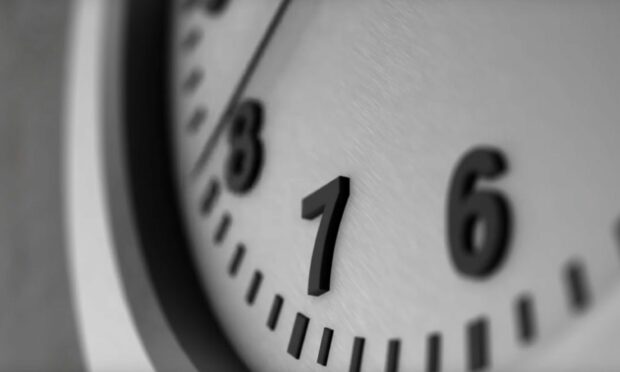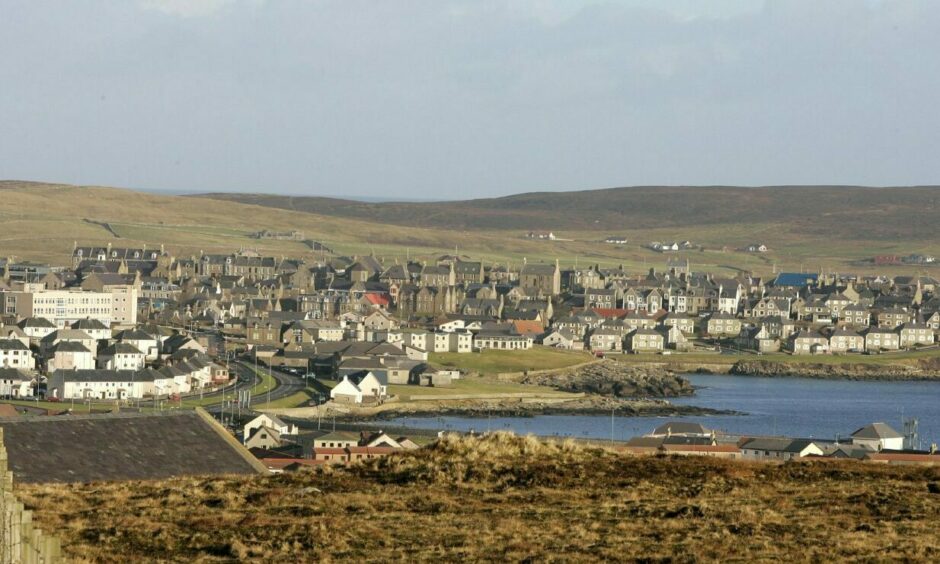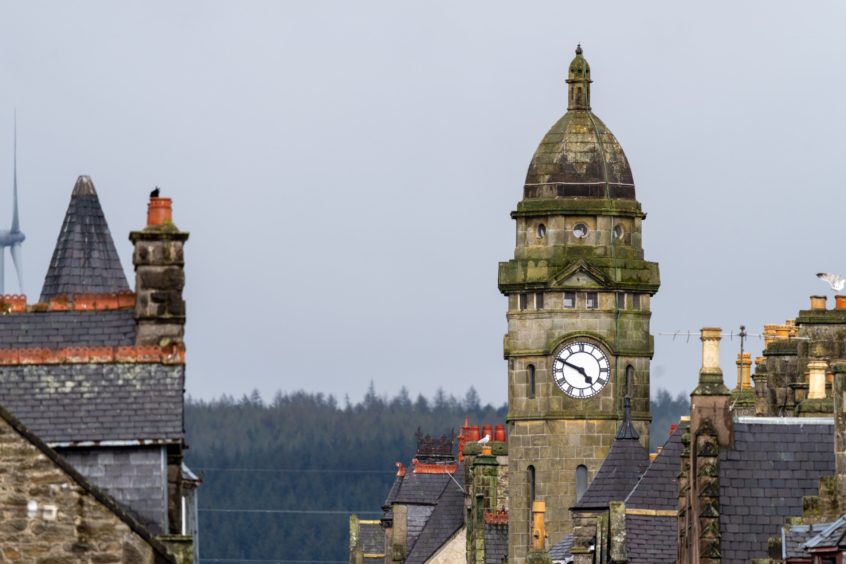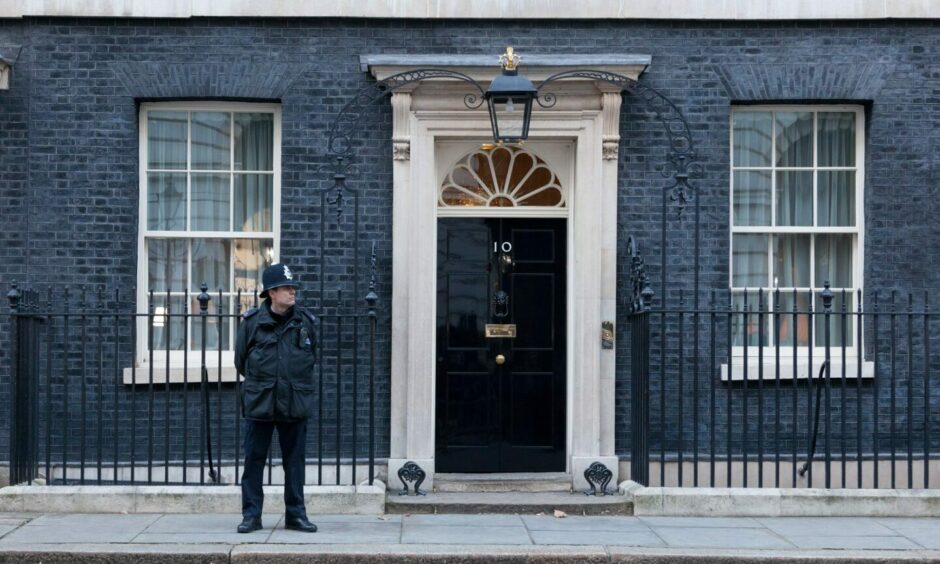With the cold and dark wintry nights nearly behind us, a lot of people across the north and north-east will be looking forward to when the clocks spring forward on Sunday.
However, a long running debate never far away is whether Daylight Saving Time (DST) should be scrapped, especially in the north of Scotland.
In September, it was rumoured that then chancellor Kwasi Kwarteng was going to scrap DST and replace it with British Summer Time (BST) all year round during his mini-budget, which eventually brought down Liz Truss’ short stint as prime minister.
In the end, it was not announced, although if it was to be implemented, what changes would it make?
How would our lives change if the clocks didn’t change?
It would result in the scrapping of the clocks going back by one hour at 2am on the last Sunday of each October.
If the UK moved to use BST all year round it would mean darker mornings through the morning – but lighter evenings.
This would have the biggest effect on communities in the north of Scotland, with Shetland not getting light until potentially after 10am in the morning during parts of December and January.
Supporters of the change say that it would benefit the economy and be better for people’s health.
However, detractors say that it would be bad for safety, including for children walking to school, and would cost too much money.
The National Farmers’ Union (NFU) Scotland told the Press & Journal they remain “sceptical” about the UK getting rid of DST.
A spokesman for the organisation said: “At NFU Scotland, where we represent some 9,000 farmers and crofters, we do not believe that sufficient justification has yet been given to make a change to the current arrangements.
“We remain sceptical about some of the arguments that have been offered historically in support of the change and nervous of the potential impacts, but we have always said that we were open to a full, independent analysis being conducted.
“For our part, we would obviously be particularly interested on the consequences for agriculture and rural communities in Scotland, where the impact of winter and summer on daylight hours is most extreme.”
Could keeping the clocks the same reduce accidents?
Between March 1968 and October 1971, the UK Government undertook an experiment, which saw the country use BST all year round with it resulting in 17% fewer fatalities across Scotland.
However, there was a small rise in the north of Scotland, but this was offset by a reduction in accidents that took place in the afternoon.
The Royal Society for the Prevention of Accidents (Rospa), a charity that aims to save lives and prevent lifechanging injuries which occur as a result of accidents, supports the scrapping of DST.
One of their main reasons for supporting the change is to reduce the amount of road accidents.
RoSPA chief executive, Errol Taylor said: “The introduction of the United Kingdom’s biannual clock change happened during the First World War in a bid to increase productivity among workers.
“However, the UK economy has evolved considerably since then and the clock change is now an anachronism that causes more harm than good.”
NFU Scotland says that comparing the findings of this experiment, which took place over 50 years ago, to the situation in the present day would be “questionable”.
Scrapping DST would clearly have an impact on all of the country, but farmers would undoubtedly be more affected by this due to the outdoor nature of the industry.
NFU Scotland said the impact of any change would not be “uniform” across the UK and that they would need to analyse “particular Scottish issues” around any change.
“Although more than 450 miles apart, the views of a dairy farmer in Stranraer are as valid as those of a crofter in Shetland and any consultation, were it ever to be brought forward, would need to ensure all parts of the nation and all industries had the opportunity to contribute,” the spokesman added.
‘No plans to review daylight saving time’
In 2019, the European Parliament voted to scrap DST across the the European Union’s 27 countries. However, this has yet to be implemented.
If DST is to be scrapped in the UK, it is in the hands of the UK Government to make this change. A government spokesman told the Press & Journal: “We have no plans to review daylight saving time.
“The current daylight saving arrangements represent the optimal use of the available daylight across the UK. Any change to the current arrangements poses a large risk of negatively impacting certain sectors and businesses.”
A spokeswoman for the Scottish Government added: “The Scottish Government’s established position is there is no substantive economic or social case for any change to existing arrangements, or for different time zones within the UK.”





Conversation